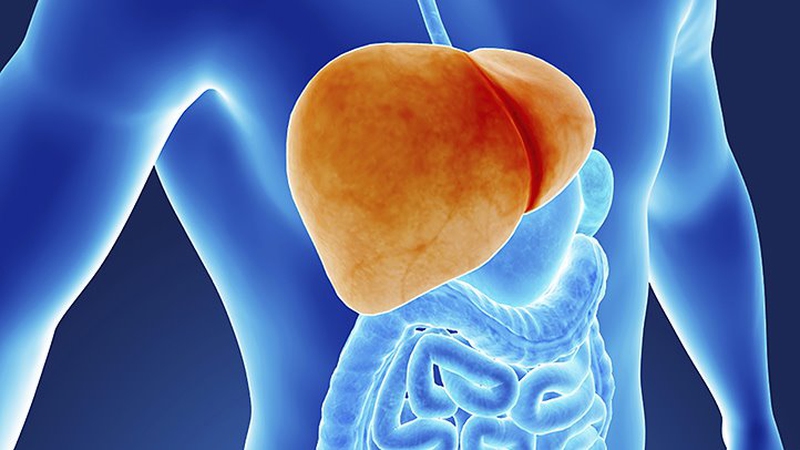Located on the right side of the body just under the rib cage, the liver is the body's largest internal organ. It is responsible for supporting all the other organs in the body for a number of important functions. If your liver ever failed and shut down, you would only be able to survive at most two days without it. What does the liver do to make it so vital to your health? Keep reading to learn that.

Crucial Functions of Your Liver
Digestive process
The liver aids in the production of bile which is a combination of water, pigment bilirubin, cholesterol and bile salts. Hepatocytes cause this bile to move through the bile ducts and is stored in the gallbladder. If fat is contained in the foods, it stimulates the release of cholecystokinin, a hormone released by the duodenum, which activates the gallbladder to release the bile to be emulsified into large fat masses, which makes it easier for the body to digest.
The bilirubin in the bile can digest red blood cells that have been worn out. These old blood cells are caught by the Kupffer cells, where they are destroyed and passed on to hepatocytes and the hemoglobin is metabolized. From here, the globin protein will be further broken down to be used for energy and the heme is transformed into bilirubin pigment to be released from the body.
Metabolism
What does the liver do? It is also responsible for the metabolizing of carbohydrates, lipids, and protein, which is needed to support the cells in the body. The digestive system breaks the carbohydrates down into monosaccharide glucose which is an energy source for the cells. All blood that leaves the digestive system will pass through the hepatic portal and when it then enters the liver, it is rich in glucose which is absorbed from hepatocytes and is stored as macromolecules glycogen. It will later be released as energy in between meals to keep the blood glucose levels balanced in the body.
What does liver do to the fatty acids in the blood? The fatty acids are absorbed and metabolized to form ATP. The lipid glycerol is formed into glucose, cholesterol, lipoproteins, and phospholipids through gluconeogenesis by hepatocytes, which are used by the cells in the body. The cholesterol is often added into the bile to be released from the body.
The digestive system breaks down dietary proteins into amino acids. For amino acids to be used as energy, they must first be metabolized by the liver. During this process, the amine groups from the amino acids are first converted to ammonia by hepatocytes. It is then converted to urea which is a less toxic and is able to be released from the body as urine or waste. What is left from the amino acids are then broken down into ATP or new glucose molecules through gluconeogenesis.
Detoxification
The liver is responsible for removing any toxic substances contained in the blood before they are released back into the body from the digestive systems. Toxins like alcohol and drugs are metabolized by hepatocytes into inactive metabolites to be released from the body. The liver also maintains the hormone levels by removing hormones produced by the body's own glands to keep levels within the homeostatic limits.
Storage of vitamins and minerals
The liver is responsible for storing a number of essential nutrients,
Production of proteins
Several protein components of blood plasma are produced from liver functioning. The prothrombin and fibrinogen proteins are necessary for the formation of blood clots as these aid in coagulation. Albumins proteins help maintain the body fluids so the cells do not gain or lose water. These three vital proteins rely on the liver to maintain their proper levels.
Immune system
Kupffer cells rely heavily on the liver functions. Kupffer cells line the sinusoid and are a fixed type of macrophage to form a portion of the mononuclear phagocyte system as well as the macrophages located in the spleen and the lymph nodes. These cells capture and digest fungi, bacteria, worn-out blood cells, parasites and cellular debris. The Kupffer cells are able to clean the large quantity of blood that passes through the liver and hepatic system quickly.
Additional functions of the liver
Assists in the synthesis of angiotensinogen, which is a hormone that raises blood pressure through vasoconstriction. This process begins when the kidneys produce renin.
Promotes the production of albumin which is a protein found in blood serum. This protein helps maintain osmotic pressure as well as prevents the blood vessels from becoming leaky by transporting fatty acids and steroid hormones.
What does the liver do? It also helps filter the blood. The liver is responsible for removing estrogen and aldosterone hormones from the body.
Since you have known the importance of your live, watch the video below to learn some tips to keep it healthy.
View All Comments /Add Comment